4-Day UNESCO World Heritage Sites Sightseeing Tour — Kathmandu Valley’s Soul, Unfiltered
Alright, here’s the real talk: if you’re the kind of traveler who’d rather chase ancient stories than summit peaks, this 4-day UNESCO World Heritage Sites Sightseeing tour through the Kathmandu Valley is gonna wreck your heart in the best way. You’re not just ticking off temples and palaces — you’re stepping into centuries of rituals, kingships, cremations, chaos, and quiet spirituality that somehow all fit into this tiny valley. It’s loud, sacred, messy, gorgeous, and overwhelming in the most unforgettable way. From lighting butter lamps at Boudhanath to watching life and death unfold at Pashupatinath’s ghats… this isn’t just sightseeing, it’s soul-hitting. You’ll get lost in Bhaktapur’s alleys, dodge monkeys at Swayambhunath, and stare at Patan’s stone carvings like they’re whispering old secrets. It’s four days, but trust — it’ll leave a lifetime’s worth of goosebumps.
Look, It's not a lie—the first time we stumbled out of Kathmandu's airport into that thick, diesel-scented air, we will think we made a huge mistake. The chaos! The honking! The way entire families balanced on single motorbikes like some kind of Nepalese circus act. But here's the thing about this valley—it gets under your skin. Fast.
Boudhanath hits you first. That giant white dome, those knowing Buddha eyes following you everywhere... I remember spinning prayer wheels until my fingertips went numb, watching old Tibetan grandmas mutter mantras like they were gossiping with the universe. Then—plot twist—Pashupatinath hits like a spiritual gut punch. Cremation smoke hanging heavy, sadhus with wild eyes offering blessings (for a small "donation," naturally), and this surreal moment where I saw a mourning family weeping next to a group of kids cracking up over a viral TikTok. Kathmandu doesn't do tidy spiritual experiences.
Ever walked into a living medieval painting? That's Bhaktapur. The cobblestones are worn smooth by centuries of slippered feet, and the woodcarvers? Man, they work like their great-great-granddads are peering over their shoulders. I got adopted by a local aunty who force-fed me juju dhau ("You too skinny!") while explaining how her pottery wheel hadn't changed since... well, ever. The Nyatapola Temple's five roofs? Built to survive earthquakes—which explains why it's still standing after all these years of tourists gawking.
Patan's Durbar Square is basically Newari architectural site. Everywhere you look—some intricate masterpiece that makes you wonder, "How many lifetimes did this take to carve?" Then there's Swayambhunath, aka the Monkey Temple (warning: the locals have sticky fingers and zero shame). That climb up? Brutal. But reaching the top to see the whole valley spread out like a chaotic mandala? Worth every wheezing breath. Pro tip: Don't smile at the monkeys. They take it as a challenge.
The Kumari Ghar's the real showstopper here. Imagine being a kid and getting told you're a living goddess until you, y'know, hit puberty. The palace courtyards smell like marigolds and history, while Freak Street's still clinging to its hippie past—I found a café there serving "special" lassis that definitely weren't on my tour itinerary.
The Aftermath
Here's what they don't tell you: You'll leave Kathmandu changed. Maybe it's the way prayer flags sound when the wind picks up. Or how the valley light turns golden right before dusk, making even the trash piles look magical. Or that one moment at Pashupatinath when you realize death here isn't hidden away—it's part of the dance.
Four days. Seven UNESCO sites. Countless cups of overly sweet chiya. And suddenly, you're that annoying person at parties going, "But have you considered how Bhaktapur's woodcarving techniques..."
The Living Tapestry of Kathmandu Valley: Where Stone Meets Sanctuary
Okay, let’s get real—this isn’t a trek through rhododendron forests. You won’t be spotting snow leopards or dodging yak herds here. But Kathmandu Valley’s UNESCO sites? They’ve got their own wild heartbeat. Think of it as an urban jungle where spirituality and nature have been tangled up for centuries.
Sacred Groves & Stone Gardens: Kathmandu’s Green Oases
At Pashupatinath, the holy Bagmati River isn’t just about rituals—it’s a lifeline for flocks of brahminy kites circling overhead, their screeches mixing with temple bells. The ghats are framed by ancient pipal trees (where Lord Buddha supposedly found enlightenment), their roots gripping stone like old men’s fingers.
Over at Swayambhunath, the "Monkey Temple" earns its name—troops of rhesus macaques rule the stairway, snatching offerings with zero shame. The hilltop’s a green island in the city haze, dotted with marigolds and fluttering prayer flags that look like some kind of Himalayan confetti.
Bhaktapur’s secret? Its hidden courtyards burst with potted marigolds and sacred basil (tulsi), while the Durbar Square’s sunken water spouts still attract sparrows and street dogs alike. And Boudhanath? That giant stupa’s surrounded by rooftop gardens where locals grow spinach and chilies—because even enlightenment needs a side of greens.
The Valley’s Unseen Wilderness
No, you won’t find Himalayan tahrs here, but the real wildlife? The street dogs napping in temple shadows, the crows that know exactly when puja offerings hit the ground, and those fat pigeons that somehow own every stupa’s base. The "eco-diversity" here is human-made—centuries-old trees planted for shade, medicinal herbs sold in backstreet markets, and the occasional cow (holy, of course) holding up traffic like it pays rent.
Kathmandu Valley’s Sacred Circuit: A 4-Day Pilgrimage Through Living History
This isn’t just a tour – it’s a time machine with rickshaw horns and the scent of incense. Your journey spins through Kathmandu Valley’s beating heart, where medieval city squares, gilded temples, and Buddhist stupas aren’t relics behind glass, but living, breathing spaces humming with rituals older than most countries. The route loops through three ancient kingdoms – Kathmandu, Bhaktapur, and Patan – each with their own royal Durbar Squares, hidden courtyards, and stories etched into every brick.
You’ll start where empires began: Kathmandu Durbar Square, where the Kumari – Nepal’s living child goddess – still peers from her palace window at selfie-snapping crowds. Just uphill, Swayambhunath’s all-seeing Buddha eyes watch over the valley from a 2,500-year-old stupa swarmed by holy monkeys. The spiritual crescendo comes at Pashupatinath, where Hindu cremation pyres burn beside the Bagmati River, and sadhus with orange beards pose for photos between chants. Then there’s Boudhanath – a Tibetan Buddhist snowglobe of spinning prayer wheels and rooftop cafes serving butter tea under Himalayan skies.
Day three shifts gears to Bhaktapur, a time-capsule of cobbled alleys where potters still kick ancient wheels and woodcarvers chisel deities like their ancestors did 600 years ago. Nearby, Changu Narayan’s 5th-century stone carvings (Nepal’s oldest) hide in a forested hilltop – the kind of place where you half-expect a mithuna couple from the carvings to wink at you. The finale? Patan’s Golden Temple, a courtyard of repoussé gods so intricate, you’ll swear the metalworkers sold their souls for skill.
No altitude sickness here – the valley stays at a comfy 1,300m, though Swayambhunath’s 365 steps might leave you wheezing. Distances are short (just 15-20km between cities), but the cultural whiplash is intense – one minute you’re dodging motorbikes in Kathmandu’s chaos, the next you’re in Bhaktapur’s quiet courtyards listening to a grandma explain how her juju dhau yogurt recipe survived dynasties.
Kathmandu Valley’s Greatest Hits: Where Every Corner Whispers Ancient Secrets
This isn’t your typical sightseeing tour—it’s a backstage pass to 2,000 years of living history. Imagine spinning prayer wheels where Tibetan refugees found solace, walking palace courtyards where kings plotted wars and weddings, and locking eyes with a living goddess who might just blink back. The Kathmandu Valley doesn’t just show you its treasures—it pulls you into its rhythm of temple bells, funeral pyres, and alleyway artisans keeping medieval crafts alive. Here’s what’ll steal your heart (and dominate your camera roll):
Unmissable Experiences That’ll Rewire Your Soul
- Stand eye-to-eye with the Kumari – Kathmandu Durbar Square’s living child goddess, peering from her golden window in a moment so surreal you’ll question reality
- Spin a thousand prayer wheels at Boudhanath – Feel the weight of centuries of Tibetan Buddhist prayers as your fingertips graze polished brass under Himalayan skies
- Witness life and death collide at Pashupatinath – Where sacred Bagmati River ghats host open-air cremations beside chanting sadhus and oblivious street dogs
- Conquer the Monkey Temple’s 365 steps – Swayambhunath’s stairmaster-from-hell rewards you with valley views and thieving macaques who’ll steal your snacks mid-prayer
- Get lost in Bhaktapur’s time-warped alleys – Where potters’ wheels still spin like it’s 1400 AD and woodcarvers create deities too beautiful for this world
- Touch Nepal’s oldest stone carvings at Changu Narayan – 5th-century Vishnu sculptures whispering secrets in a hilltop forest that smells like pine and history
- Feast like a Newari king in Patan – Golden Temple’s courtyard hides momo stalls serving dumplings so good, you’ll mourn your last bite
- Hunt for tantric secrets in Kathmandu’s backstreets – Hidden shrines where blood sacrifices still happen (if you know which unmarked doors to push)
- Chase golden hour at Nyatapola Temple – Bhaktapur’s 5-story architectural beast glows like embers as the sun dips behind Himalayan foothills
- Bargain with demon masks in Durbar Square – Armies of carved glares from Kal Bhairav’s terrifying visage to Hanuman’s cheeky smirk
- Sip chiya where hippies plotted revolutions – Freak Street’s chai joints still brew the same milky tea that fueled the 70s overland trail
- Catch a butter lamp ceremony at dusk – When Boudhanath’s stupa becomes a constellation of flickering lights and murmured om mane padme hums
The Best Time to Explore Kathmandu Valley’s UNESCO Gems: A Seasonal Guide for Soulful Travelers
Let’s be real—Kathmandu Valley doesn’t have an “off” season. Every month paints these ancient streets and temples in new colors, each with its own magic (and a few quirks). But depending on whether you want crisp mountain views, monsoon-soaked solitude, or festival fireworks, here’s the real talk on when to visit these living heritage sites.
Spring (March–May) – When the Valley Wakes Up
Why it’s golden:
- Skies so clear you’ll see the Himalayas grinning behind Swayambhunath’s stupa
- Temperatures (15–28°C) mean light layers—perfect for temple-hopping without melting
- Rhododendrons explode around Changu Narayan, turning hillsides into pink bonfires
- Major festivals like Nepali New Year (Bisket Jatra in Bhaktapur—think chariot races and chaos)
Watch for:
- Pre-monsoon haze by late May can blur those postcard mountain backdrops
- Tourist crowds at Boudhanath and Pashupatinath—aim for sunrise visits
Monsoon (June–August) – For the Brave & the Deep Thinkers
Why it’s secretly awesome:
- Empty courtyards in Patan and Bhaktapur—you’ll have master carvings all to yourself
- Rain-kissed photography—marigolds glow brighter, temple bricks deepen to blood-red
- Mystical atmosphere at Pashupatinath, where mist curls over cremation ghats like a scene from a myth
But remember:
- Afternoon downpours (bring quick-dry clothes and a waterproof shrine map)
- Leaches? Nope—this isn’t trekking season; city paths stay leach-free (unlike the hills)
Autumn (September–November) – The Celebrity Season
Why everyone flocks here:
- Post-monsoon clarity—every carving on Patan’s Golden Temple looks laser-etched
- Festival madness—Dashain and Tihar mean flower garlands, goat sacrifices, and entire streets lit by oil lamps
- Perfect temps (12–25°C) for climbing Swayambhunath’s steps without cardiac arrest
Trade-offs:
- Book accommodations early—this is when global travelers and Nepali pilgrims collide
- Mornings get chilly—pack a shawl for those 6 AM temple visits
Winter (December–February) – For Frosty Magic & No Crowds
Underrated perks:
- Crisp, empty mornings at Boudhanath—just you, monks, and the hum of mantras
- Smog clears briefly in January—glimpse snow peaks from Bhaktapur’s rooftops
- Cozy vibes—steaming cups of chiya taste better when your fingers are numb
Challenges:
- Bone-chilling nights (drops to 0°C)—time those sunset temple runs wisely
- Shorter days—plan sightseeing between 9 AM–4 PM before the valley freezes into a beautiful statue
The Verdict?
- For perfect weather & vibes: October–November (but share the temples with 10,000 friends)
- For introverts & photographers: July–August (embrace the rain—it’s part of the adventure)
- For festival junkies: April or October (when gods, goats, and tourists party together)
(Pro Tip: Locals swear the hours just after dawn and before dusk are when the valley truly whispers—no matter the season. Set that alarm.)
Feasting & Resting in Kathmandu Valley: From Newari Feasts to Heritage Havens
Let’s cut to the chase—you won’t be roughing it on this UNESCO tour. Kathmandu serves up pillow-top mattresses and flavor explosions that’ll make your taste buds do backflips. Forget trail mix—here, your toughest decision is whether to splurge on a 17th-century palace hotel or dive into alleyway momo joints where locals have eaten for generations.
Sleeping Like Royalty (or a Backpacker) – Your Stay Options
🏰 Heritage Hotels That Time-Travel
- Dwarika’s Hotel (Kathmandu): Imagine sleeping in a museum—this 70s-era masterpiece rebuilt Newari woodcarvings into a luxury labyrinth. Their courtyard? A 600-year-old water tank repurposed as a swimming pool.
- Peacock Guest House (Bhaktapur): Waking up to sunrise over Nyatapola Temple from a rooftop strewn with marigolds. Budget-friendly with hand-carved beds that creak better stories than your Airbnb.
🛌 Mid-Range Magic
- Kantipur Temple House (Kathmandu): Courtyard rooms where the wifi’s spotty but the ambiance—oil lamps, brick arches, rooftop yoga with stupa views—makes you forget the internet exists.
- Cosy Nepal (Patan): A restored Newari townhouse where your morning chiya comes with a side of the owner’s conspiracy theories about Malla dynasty ghosts.
💰 Backpacker Sanctuaries
- Alobar1000 (Kathmandu): Where dreadlocked travelers swap trekking tales over rooftop dal bhat. The showers are cold, but the Freak Street vibes are piping hot. SEO Keywords: best budget hostels Thamel, social traveler hubs
- Shiva Guesthouse (Pashupatinath): Fall asleep to the haunting chants of evening aarti ceremonies—rooms so close to the sacred ghats, you’ll dream in Sanskrit. SEO Keywords: spiritual budget stays near Pashupatinath
Eating Through Centuries – A Food Timeline
🍛 Newari Bhoj – The OG Valley Feast
- Where: Bhaktapur’s hidden courtyards (look for signs saying “Newari Khaja Ghar”)
Must-Try:
- Bara: Lentil pancakes so crispy, they’ll ruin regular pancakes for you forever
- Samay Baji: A ceremonial platter with smoked buffalo, beaten rice, and a boiled egg that’s basically edible archaeology
- Juju Dhau: The “king curd” served in clay cups—so thick, your spoon stands upright
☕ Stupa-Side Cafés – Enlightenment with Espresso
- Boudhanath’s rooftop spots: Sip Himalayan sea-buckthorn juice while monks debate philosophy below. Himalayan Java’s cinnamon rolls + stupa views = breakfast of champions.
🍜 Street Food That’ll Give You Religion
Patan Durbar Square’s hidden gems:
- Chatamari: Newari “pizza” (rice crepes topped with egg and mystery meats) from unmarked stalls
- Yomari: Steamed fish-shaped dumplings filled with molasses—only found during winter festivals
🍻 Nighttime Nectar – Local Brews
- Thwon: Cloudy rice beer served in brass bowls at Bhaktapur’s hole-in-wall taverns (they’ll pretend it’s “religious offering”)
- Raksi: The moonshine-like firewater that’ll make Swayambhunath’s monkeys seem sober
The Real Talk
- Hygiene: Stick to busy local joints (high turnover = fresh food) and peel those street fruits
- Vegetarians? Nepal’s your playground—even the “buff” momos often have tofu options
- Foodie Pro Tip: Follow the marigold garlands—shrines with fresh flowers mean nearby shops feed the gods (and you) daily
Kathmandu Valley UNESCO Tour Essentials: Permits, Tickets & Local Hacks
Let’s be real—you won’t need climbing gear or wilderness permits for this cultural deep dive, but Kathmandu’s heritage sites do have their own little bureaucratic quirks. Here’s exactly what you’ll need (and a few insider tricks) to glide through temples and palaces without getting stuck in ticket lines.
💰 The Must-Have Passes & Where to Grab Them
1. Composite Heritage Site Ticket (Your Golden Key)
- What it covers: Single-entry access to all 7 UNESCO sites in Kathmandu Valley (Patan, Bhaktapur, and Kathmandu Durbar Squares, Swayambhunath, Boudhanath, Pashupatinath, Changu Narayan)
Cost:
- Foreigners: $50 USD (valid 1 week)
- SAARC Nationals: $25 USD
(Pro Tip: Keep this paper ticket like your passport—lose it, and you’re paying again at the next site.)
Where to buy:
- Kathmandu Durbar Square ticket office (your first stop—get it here to avoid backtracking)
- Bhaktapur’s main gate (but they’ll upsell you on a Bhaktapur-only ticket first—hold firm for the composite)
2. Pashupatinath’s Special Rules
- Hindu temple access: Non-Hindus can’t enter the main temple sanctum (but the surrounding ghats and outer courtyards are free to explore)
- Camera fee: ~$5 if you want to photograph the cremation ghats (pay at the office near the bridge—skip it if you’re phone-only)
3. Bhaktapur’s Sneaky Extras
- Your composite ticket gets you in, but certain museums inside (like the Woodcarving Museum) charge ~$2 extra. Worth it? Only if you’re obsessed with medieval tools.
- Sunrise/sunset hack: Guards rarely check tickets before 7 AM or after 6 PM—perfect for photographers.
🚫 What Won’t Cost You (But Tourists Get Scammed On)
- Swayambhunath (Monkey Temple): Included in your composite ticket, but touts near the stairs will claim you need a separate "monkey viewing fee." Lies.
- Boudhanath Stupa: 100% covered by your pass, but shops around it sell "special puja packages" for $20+. Just walk in and spin the prayer wheels for free.
- "Guide required" zones: Unlike trekking areas, all UNESCO sites let you explore solo. Hire a guide only if you want juicy historical gossip.
⏳ Timing & Ticket Hacks
- Best purchase time: Mornings (8–10 AM) when ticket offices are stocked with change (they’ll reject torn USD bills)
- Student discounts: Bring an ISIC card—sometimes they knock off 50%, but it depends on who’s at the counter
- Lost ticket? Each site can sell individual entries (~$10/site), but it’s cheaper to just… not lose it
The Local’s Cheat Sheet
- Carry small NPR bills—ticket offices often "run out" of change for $50 notes
- Dress coded temples: Shoulders/knees covered at Pashupatinath & Changu Narayan (or buy a cheap scarf at the gate)
- The "I live here" trick: If you’re staying multiple weeks, flash your hotel keycard and say "I already bought it yesterday"—works 60% of the time
With $50 and this intel, you’ll waltz past clueless tour groups like a time-traveling Malla dynasty royal. Now go get those temple selfies (respectfully). The Kathmandu Valley’s rich tapestry of historical, cultural, and natural wonders makes it a must-visit destination for anyone exploring Nepal.
Want to discover all of Kathmandu’s UNESCO treasures in a single day? Take the Kathmandu’s UNESCO Sites – Seven World Heritage Day Tour , a complete 8–10 hour exploration of temples, palaces, and stupas.
🧭 Alternative Tours & Packages
- Kathmandu Helicopter City Tour Over Ancient Temples & Palaces
Experience Kathmandu’s rich history from the skies with a thrilling helicopter tour, flying over ancient temples, palaces, and UNESCO sites, providing a unique aerial perspective of the city’s cultural treasures.
- Kathmandu’s Spiritual Circuit - Himalayan Views & Holy Sites
Embark on a spiritual journey exploring Kathmandu’s sacred temples, monasteries, and stupas. This tour combines cultural immersion with serene Himalayan vistas, offering insight into the religious heritage of the valley.
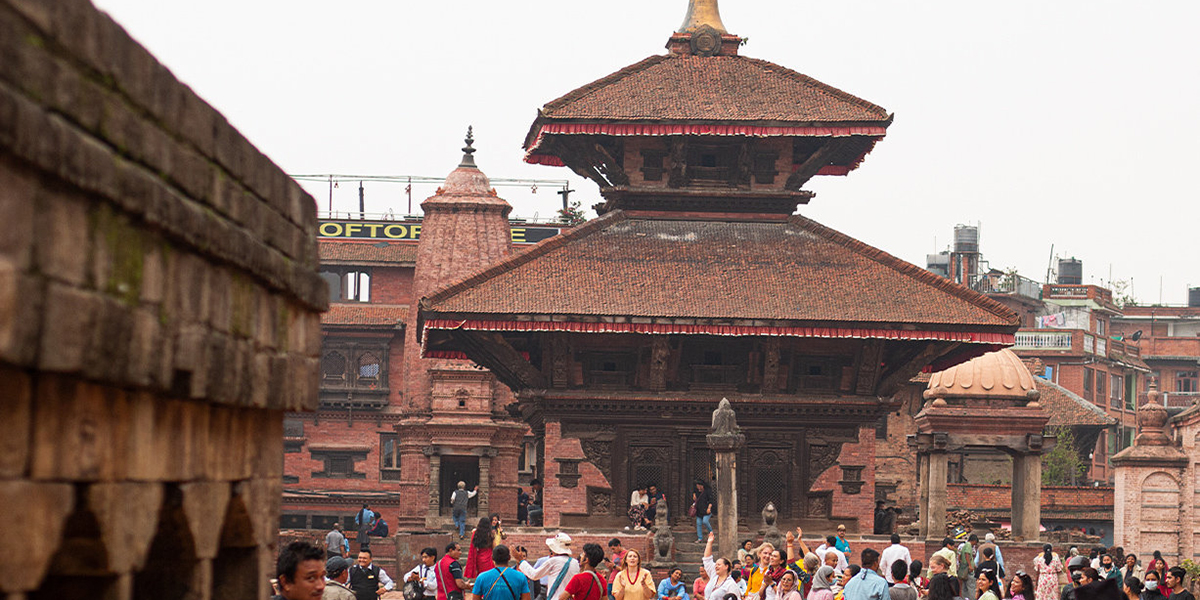
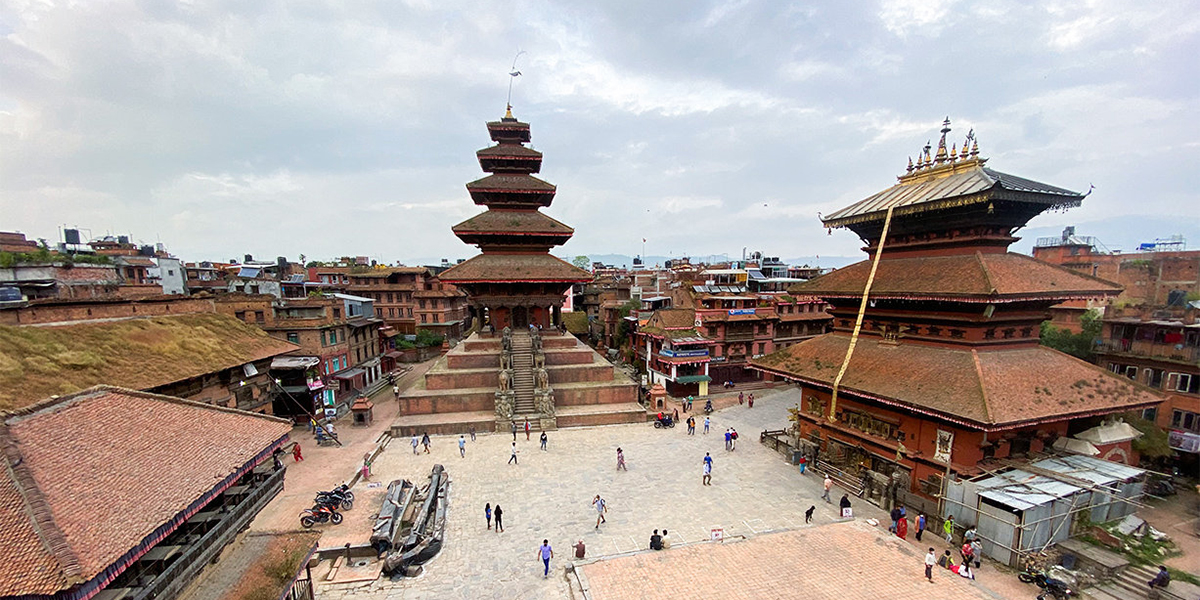
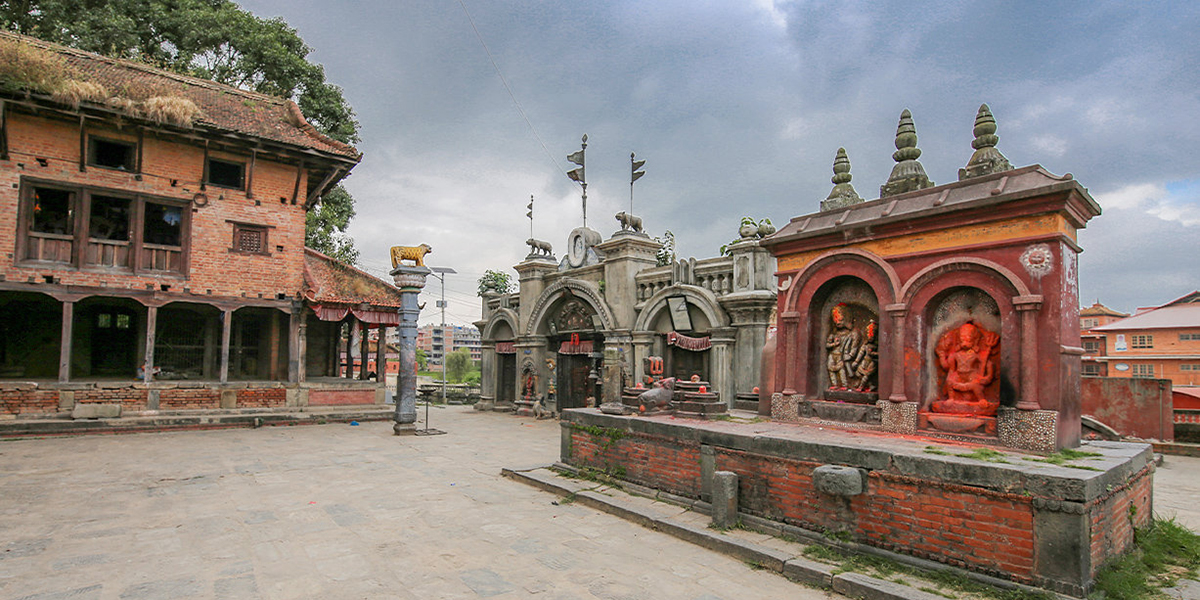
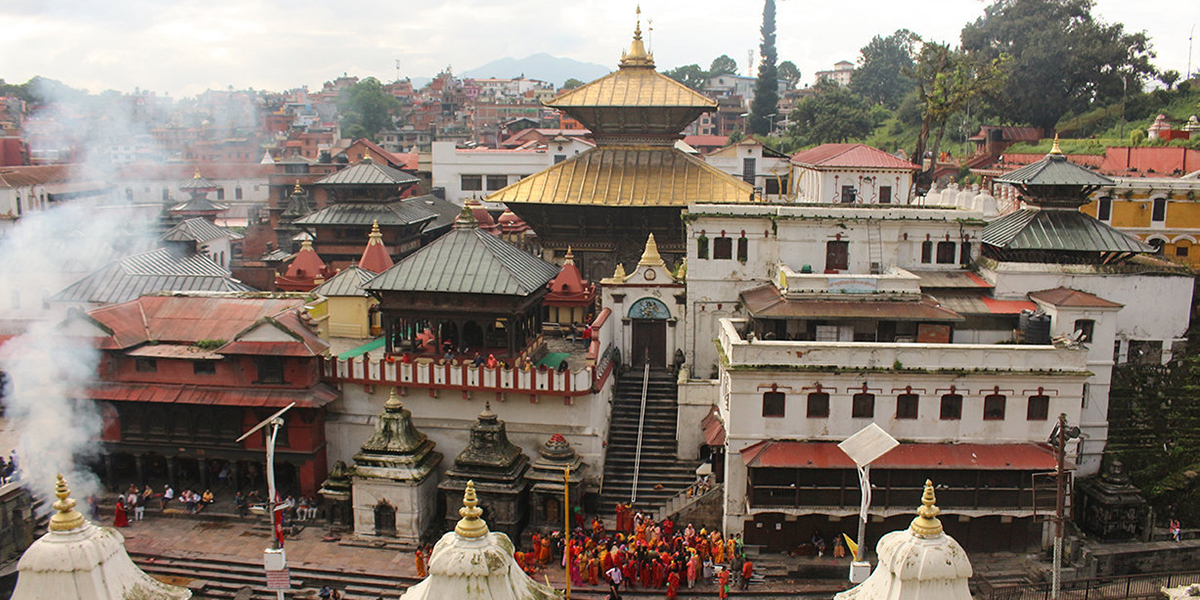

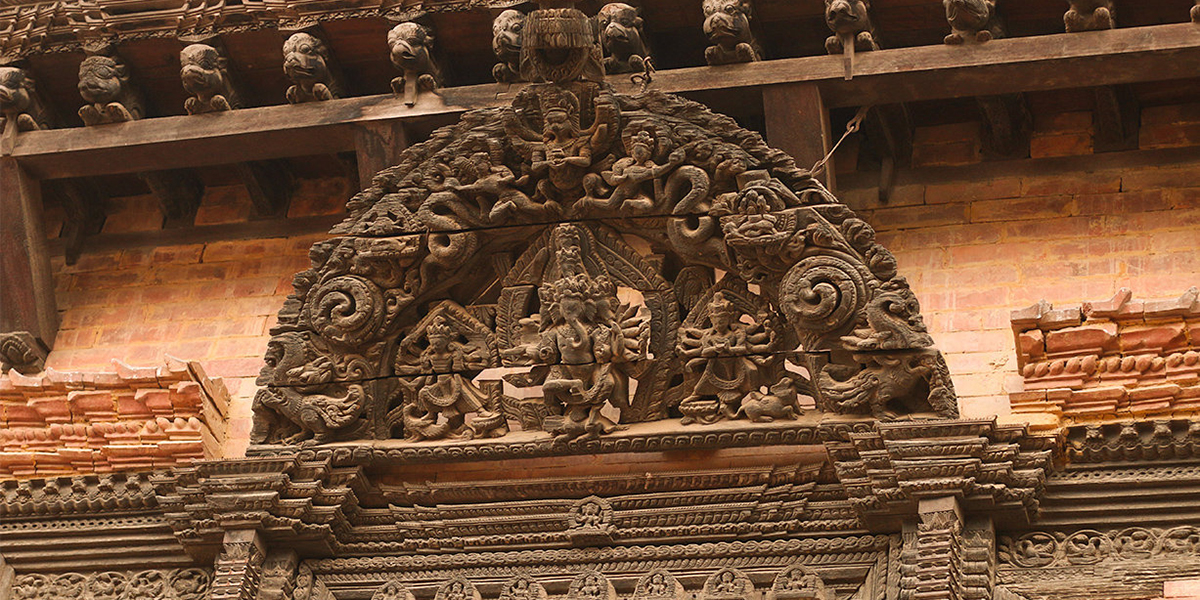





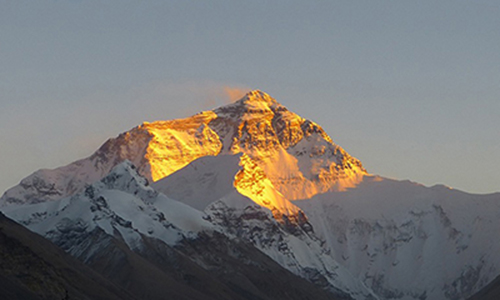
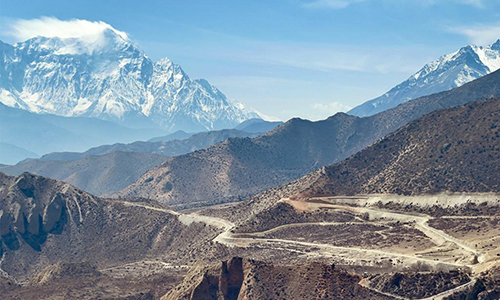
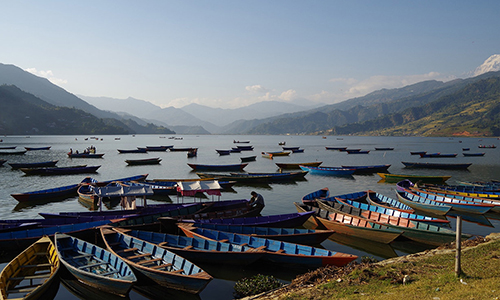
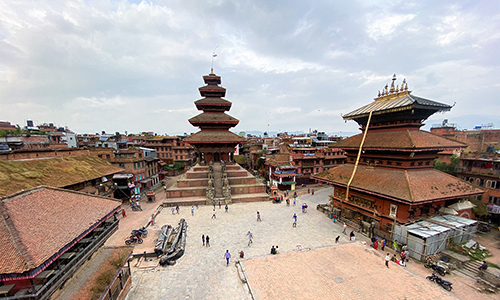
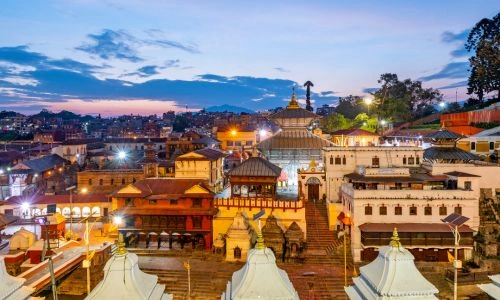
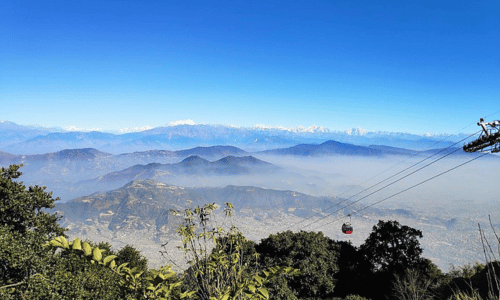
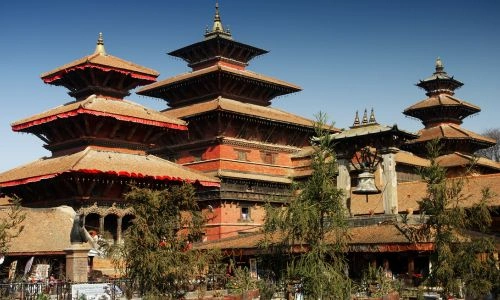
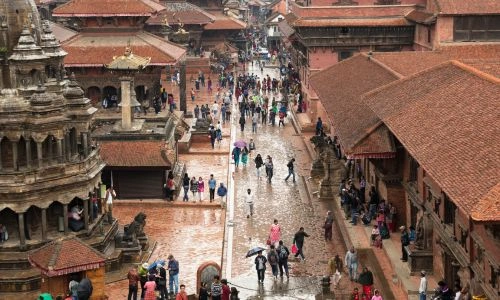

David Morgan
2025-06-16 12:42:58
The UNESCO World Heritage Sites Sightseeing Tour with Vyas Treks Nepal was an enriching and well-organized experience. We visited beautiful historical sites like Patan Durbar Square, Bhaktapur, and Swayambhunath. Our guide was very knowledgeable, sharing fascinating stories and history behind each monument. The tour was comfortable and informative—perfect for anyone interested in Nepal’s rich cultural heritage.